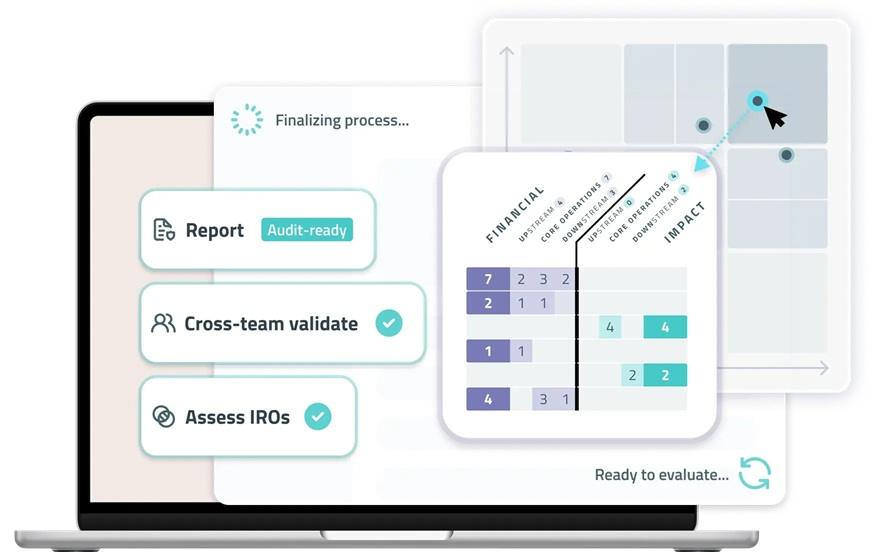GRI Launches Digital Taxonomy to Enable Machine Readable Sustainability Disclosures
The Global Reporting Initiative (GRI) announced the launch of its new Sustainability Taxonomy, offering a machine-readable version of its GRI standards, aimed at facilitating faster data collection and submission of sustainability disclosures, and enhanced interoperability with other sustainability reporting standards.
GRI Sustainability Reporting Standards are one of the most commonly accepted global standards for sustainability reporting by companies, developed to enable consistent reporting across companies and industries, providing clearer communication regarding sustainability matters to a broad range of stakeholders, including investors. The GRI published a major update of the standards in 2021, and recently published a new biodiversity reporting standard, and is in the process of updating its Climate and Energy standards.
The new taxonomy covers all GRI standards, across Universal, Sector and Topic.
According to the GRI, the new Sustainability Taxonomy will help organizations to share their data in a structured digital format based on XBRL, allowing for machine-readable sustainability disclosures, and improved comparability of disclosures, and enabling digital reports to be submitted directly to GRI either directly or through an online form.
The GRI said that the taxonomy will also strengthen interoperability with other standards, noting that it has been designed to ensure a high level of alignment with the XBRL-based versions of the International Sustainability Standards Board (ISSB) Standards, and the European Sustainability Reporting Standards (ESRS). The ISSB and EFRAG launched XBRL Taxonomy versions of the ISSB and ESRS standards, respectively, in 2024. The GRI added that the taxonomy will also help GRI reporting to be more compatible across different regions and countries.
Alongside the release of the new Sustainability Taxonomy, the GRI said that it is developing training to support reporting organizations to report digitally, and will release filing tools later in 2025 to allow reporters to verify the consistency of their filed reports with the reporting requirements of the GRI Standards, and that it will also provide a set of tools for third party service providers to ease the integration of the new digital taxonomy alongside existing reporting products.
Cristina Gil White, GRI Chief Engagement Officer, said:
“GRI’s Sustainability Taxonomy is a significant step forward in making sustainability information faster to retrieve and analyze, for both reporting organizations and data users. It closes the gap between reported impacts and the people who need to interpret and act on them – making it easier to assess the completeness and alignment of disclosed information. It is a practical, inclusive tool that helps ensure the GRI Standards remain world-leading and fit for purpose in an ever-evolving digital reporting world.”





